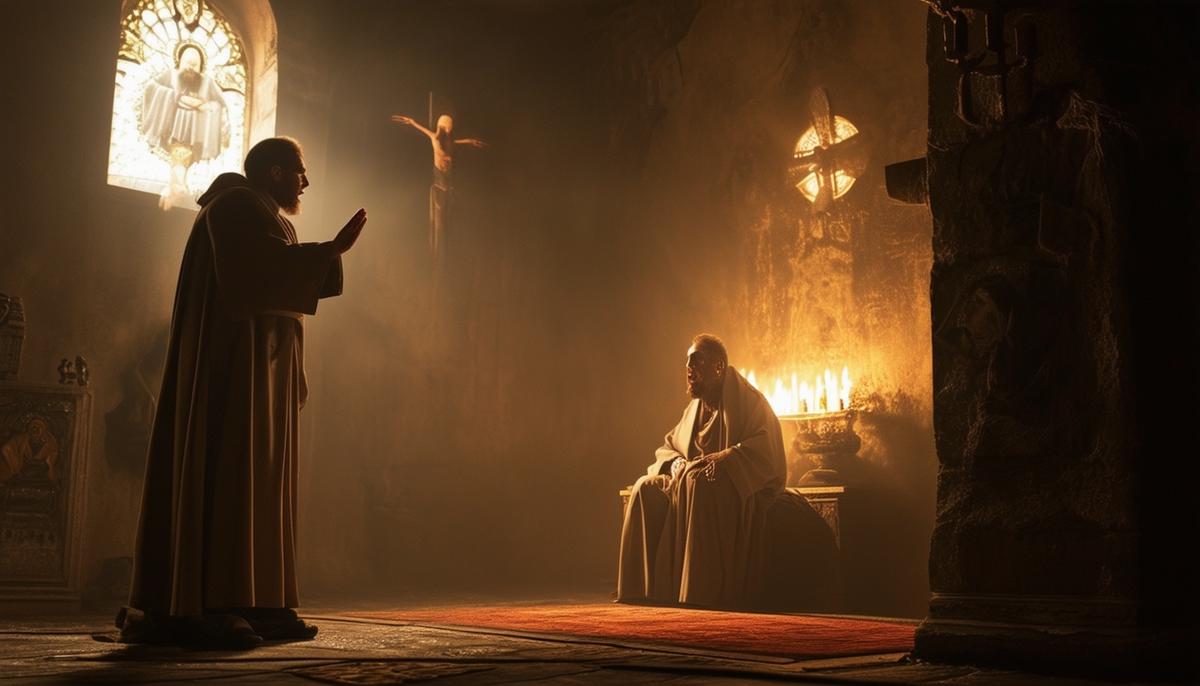Top 6 Most Terrifying Exorcism Cases
The Exorcism of Anneliese Michel
In the quiet town of Klingenberg, Germany, Anneliese Michel's life took a dark turn. Once a bright and religious young woman, she began experiencing horrifying visions and strange behaviors. The Catholic Church approved an exorcism, which lasted ten grueling months. Witnesses described Anneliese as possessed by multiple spirits, trapped in endless suffering. Her tragic death led to a controversial trial, questioning the line between faith and madness.
The Haunting of Roland Doe
In 1949 Maryland, a boy known as Roland Doe faced unexplainable events. Objects flew across rooms, strange smells appeared, and odd voices came from the boy himself. His family sought help from the Catholic Church, leading to thirty intense exorcism sessions. Priests battled a strong evil force clinging to Roland, in what became a real-life nightmare.
The Cursed Case of Clara Germana Cele
In 1906 South Africa, sixteen-year-old Clara Germana Cele's life changed after she reportedly made a deal with the devil. She suddenly understood languages she never learned, showed inhuman strength, and had violent outbursts. Her exorcism included chilling moments like her body floating and spine-tingling screams.
The Spine-Chilling Exorcism of Emma Schmidt
In 1928 Iowa, Emma Schmidt underwent a 23-day exorcism known as the "Earling Possession Case." She revealed secrets about others in languages she'd never learned, and her voice changed to mimic her tormentors. The air crackled with evil energy as people described a fierce struggle against powerful forces.
The Gruesome Trial of Michael Taylor
In 1974 England, Michael Taylor's cheerful nature suddenly changed to despair and anger. When therapy failed, his family turned to their church. An intense spiritual battle followed, with demon after demon being cast out. The aftermath took a horrible turn, blurring the lines between divine help and human insanity.
David Berkowitz: The Son of Sam and His Unholy Claims
In 1970s New York, David Berkowitz, known as the Son of Sam, claimed he committed murders under the influence of a demon. He spoke of being controlled by a dark force, adding a chilling layer to an already scary story. His claims made the streets of New York feel like a hunting ground for evil.
These exorcism cases serve as dark chapters in human experience, reminding us that our world might hide more than we realize, just beyond everyday life.
The Tragic Case of Anneliese Michel
Born in 1952 in Bavaria, Anneliese Michel lived a normal life until age sixteen, when she began having unexplained seizures. Doctors said she had temporal lobe epilepsy, which can cause hallucinations and mood swings. Despite treatment, Anneliese got worse.
She reported seeing demon faces, hearing tormenting voices, and reacting violently to religious objects. Her deeply religious family sought help from the Church. After much thought, the Catholic Church approved a series of exorcisms.
From September 1975, two priests performed 67 exorcism sessions over ten months. Each session lasted up to four hours.
Recordings reveal a voice unlike Anneliese's, growling and claiming to be demons like Lucifer and Hitler.
Anneliese sometimes begged the priests to stop but also believed her suffering would save others. She refused to eat and hurt herself. Sadly, on July 1, 1976, Anneliese died from lack of food and water. She was only twenty-three.
Her death shocked the community and made news worldwide. In the court case that followed, experts argued about faith, mental illness, and medical neglect. The priests and Anneliese's parents were found guilty of manslaughter due to neglect.
Anneliese Michel's story shows how faith and mental health can collide. It raises hard questions about belief, medical science, and the dangers of misdiagnosis. Her case reminds us that the human mind and spirit are complex, and not fully understanding them can lead to tragedy.
Case 2: Roland Doe
The story of Roland Doe, which inspired "The Exorcist," is a chilling tale of the unknown in everyday life. In early 1949, suburban Maryland became the setting for unexplained events.
Roland, a 13-year-old boy (his real name hidden for privacy), experienced strange happenings in his home. It started with odd noises, but soon objects moved on their own and furniture floated. Roland became the center of these weird events.
His desperate family sought help from pastors, doctors, and psychics, but nothing worked. The Catholic Church finally stepped in to help.
Father William S. Bowdern, a Jesuit priest, took on Roland's case. What followed was an intense exorcism unlike any before. Over several weeks, Father Bowdern and his colleagues battled what seemed to be an evil force inside Roland.
Witnesses described Roland's voice changing to inhuman growls. His body twisted unnaturally and showed incredible strength. Strange symbols appeared on his skin, and his bed shook and floated.
The exorcism reached its peak when Roland screamed, "Satan! Satan! I am St. Michael! I command you, Satan and the other evil spirits, to leave the body now!"
After this, Roland fell silent, and the room felt lighter, as if cleansed.
Roland went on to live a normal life, but his story lived on. Years later, it inspired William Peter Blatty's novel "The Exorcist," which became a famous horror movie in 1973.
While much of Roland's story remains a mystery, its impact is clear. It makes us wonder about the thin line between our world and what might lie beyond, challenging what we think we know.
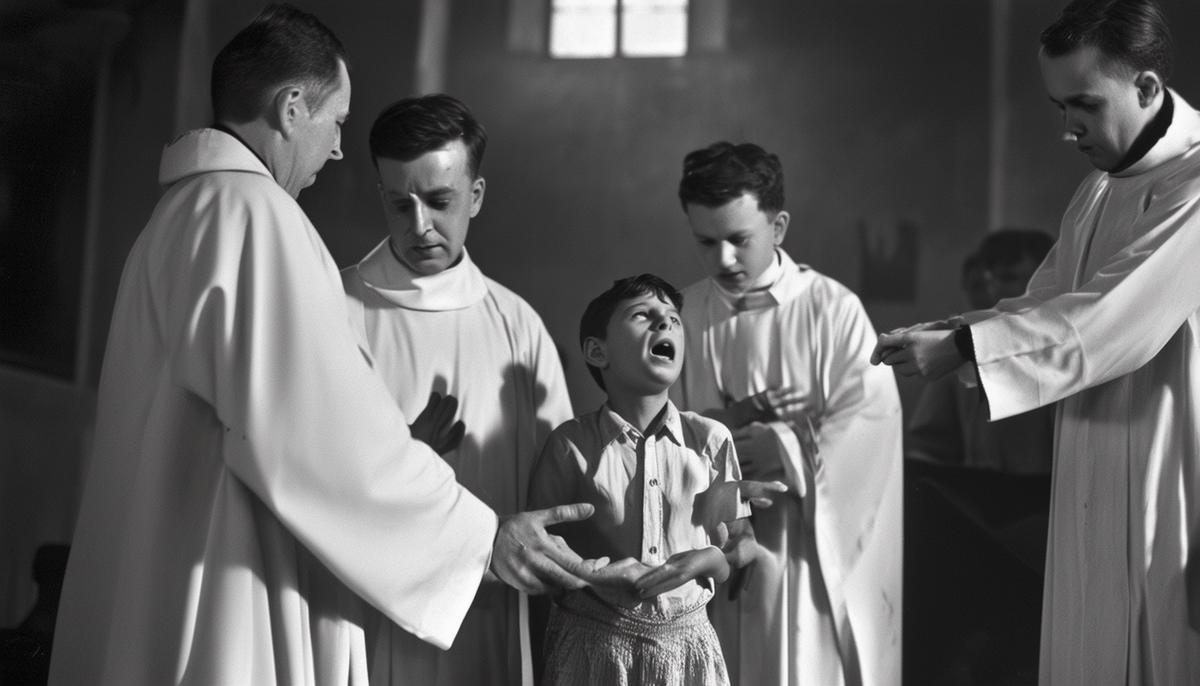
Case 3: Clara Germana Cele
In the hot summer of 1906 in South Africa, a chilling story began to unfold. Clara Germana Cele, a 16-year-old girl at a mission school in Natal, experienced a terrifying change. Once a normal, lively girl, Clara suddenly became plagued by strange and scary events.
Witnesses said Clara admitted to making a deal with the devil. Soon after, she started showing bizarre abilities:
- Understanding languages she never learned
- Supernatural strength
- Intense hatred for religious objects
- Eyes shining with an unnatural light
Desperate for help, priests Father Hörner and Father Erasmus were called to perform an exorcism. During the ritual, Clara:
- Floated several feet off her bed
- Spoke in strange voices
- Revealed secrets about the priests' lives
The exorcism took several days and was incredibly difficult. Clara switched between violent anger and begging for help. Everyone felt a strong sense of fear in the room.
"The thin line between what we can explain and what we can't."
Amazingly, after weeks of struggle, the exorcism seemed to work. Clara returned to normal, though she was left with both visible and invisible scars from her experience.
Clara's story spread widely, becoming one of the most famous exorcism cases of its time. While some think it was just a case of mental illness, others believe it was a real encounter with evil spirits. Either way, Clara's tale reminds us of the thin line between what we can explain and what we can't.
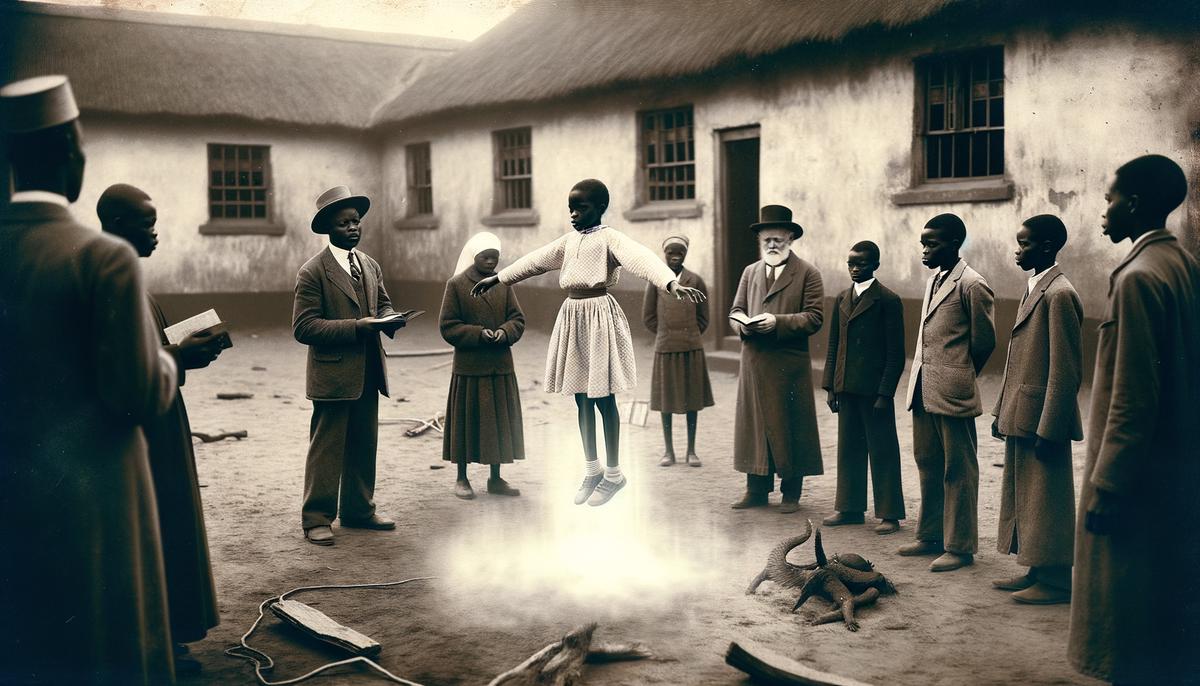
Case 4: Michael Taylor
In the quiet village of Ossett, England, Michael Taylor's story unfolded like a horror movie. A normal husband and father, Michael's life took a dark turn that shocked his community.
Michael was dealing with depression and mood swings. He and his wife, Christine, turned to their local church for help. There, Michael met Marie Robinson, a young preacher. They became close, which worried Christine.
After Christine accused Michael of cheating, his behavior got worse. The church leaders thought he was possessed by evil spirits and decided to perform an exorcism.
On October 5, 1974, two priests conducted the exorcism. It was chaotic and scary. Michael:
- Shook violently
- Spoke in strange voices
- Showed unusual strength
The priests said they removed over 40 evil spirits but couldn't finish the job. They sent Michael home, not knowing the danger that would follow.
In a terrible turn of events, Michael killed his wife Christine in a violent attack. He was found wandering the streets naked and covered in blood, unable to remember what happened.
"The dangers of treating severe mental problems as only spiritual issues."
In court, experts said Michael had a mental breakdown made worse by the exorcism. He was found not guilty due to insanity and sent to a mental hospital.
Michael's case raises important questions about mixing faith and mental health. It shows the dangers of treating severe mental problems as only spiritual issues.
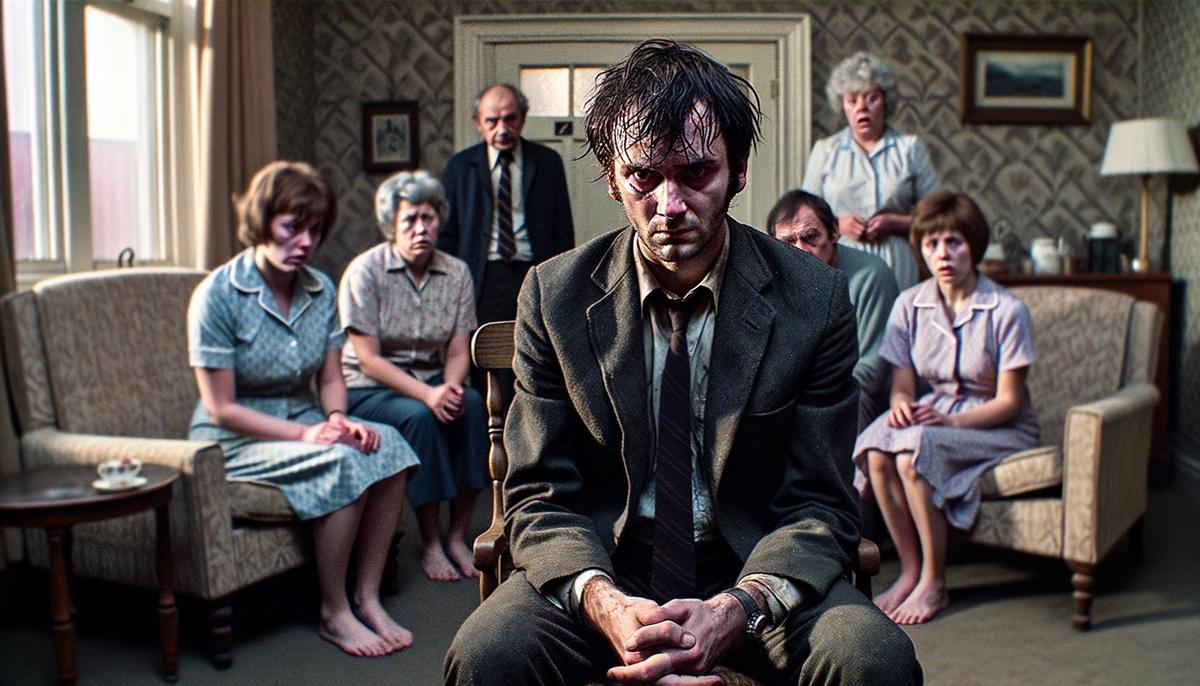
Case 5: Emma Schmidt
In late 1920s Iowa, Emma Schmidt's story became one of the most well-known exorcism cases in America. Emma, also called Anna Ecklund, went from a quiet farm life to a terrifying battle with what many believed were evil spirits.
As a teen, Emma started showing strange behaviors:
- Hating religious objects
- Speaking languages she never learned
- Knowing secrets about people
When doctors couldn't help, her family turned to the Catholic Church. Father Theophilus Riesinger was sent to perform an exorcism in December 1928.
The exorcism took place in a convent and lasted 23 grueling days. Father Riesinger's detailed notes describe shocking events:
- Emma screaming in different voices
- Her body twisting unnaturally
- Emma floating off the ground
- Strange substances coming from her mouth
Father Riesinger remained strong, praying and using holy water and religious items. Finally, after a fierce struggle, Emma was freed from her torment.
Emma returned to a normal life, but was forever changed. Father Riesinger's detailed account of her exorcism became an important record for understanding these mysterious events.
"Some things in life remain unexplained, challenging us to keep an open mind."
Emma's story reminds us that some things in life remain unexplained, challenging us to keep an open mind while also being careful about jumping to conclusions.
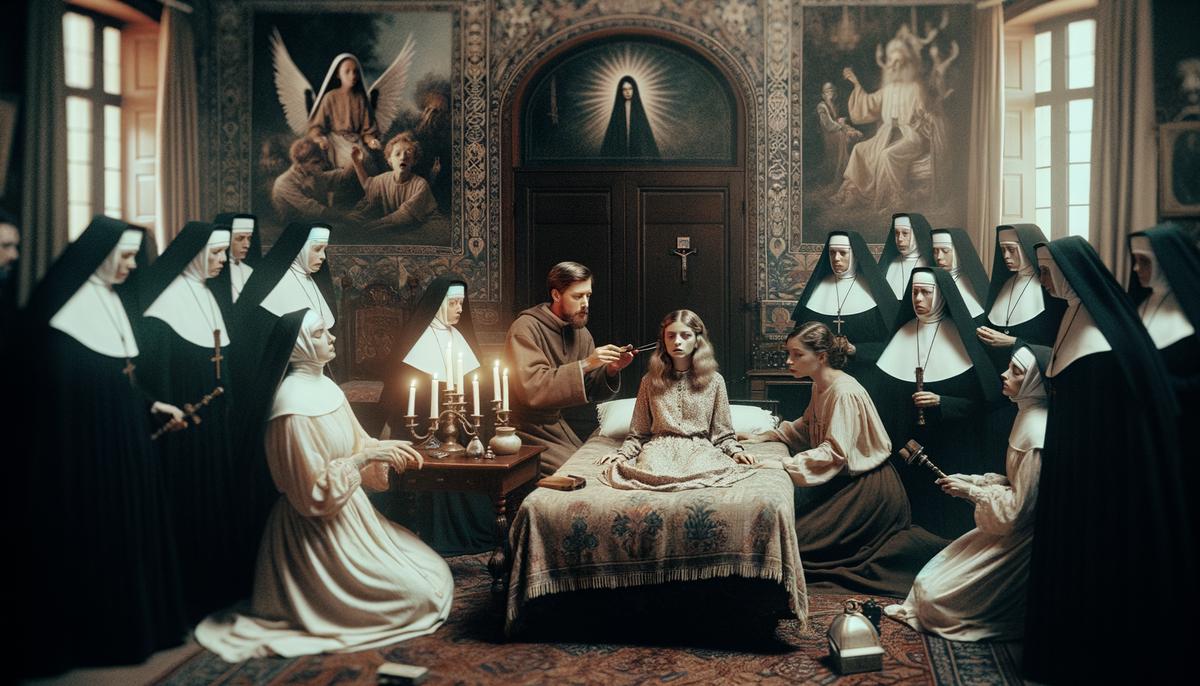
Case 6: Janet Moses
In 2007, a tragic event unfolded in Wainuiomata, New Zealand. Janet Moses, a 22-year-old Maori woman, died during a ritual meant to cleanse her of an evil spirit. This case shows how traditional beliefs can sometimes lead to terrible outcomes.
Janet's family thought she was cursed after a series of bad events, including the theft of a stone lion statue. They believed a demon possessed her, causing her strange behavior and mental distress.
In Maori culture, lifting a curse involves special rituals. Janet's family, following these traditions, decided to perform a ceremony to save her. The ritual lasted several days and grew more intense over time. People poured water over Janet's face to cleanse her, but this went too far.
"Her cries for help were seen as the evil spirit fighting back."
Sadly, Janet couldn't breathe properly due to the constant water pouring. In the end, Janet drowned during the ritual.
This shocking event led to a trial where seven family members were charged with manslaughter. Five were found guilty. The case sparked debate about respecting cultural traditions while also following modern laws and safety practices.
Janet's story reminds us how powerful cultural beliefs can be, and how important it is to balance tradition with care for people's well-being.

Conclusion: Reflecting on Modern Exorcism
These exorcism stories show us how fear, belief, and mystery come together in powerful ways. Each tale, whether from Germany, Iowa, or New York, reflects our deepest fears and cultural beliefs.
These cases deeply affect the people involved, their families, and communities. They reveal how strongly people hold onto beliefs that explain the unexplainable. Whether you believe in demon possession or see these as cases of mental illness, the desire to understand the unknown is universal.
Cultural beliefs about the supernatural can both help and harm. They can offer comfort but also lead to tragedy when fear takes over rational thinking. The sad case of Janet Moses shows how cultural practices can sometimes go too far.
- We need to be understanding when looking at these complex situations.
- It's not helpful to simply label them as real or fake, or godly versus crazy.
- We must respect cultural beliefs while also promoting kind, science-based responses to mental health crises.
In the end, these modern exorcism stories remind us that even with all our scientific progress, we still grapple with life's mysteries. As long as we have fears and unknowns, stories of exorcism will continue to capture our imagination and challenge our understanding of the human mind and spirit.
"As long as we have fears and unknowns, stories of exorcism will continue to capture our imagination."

